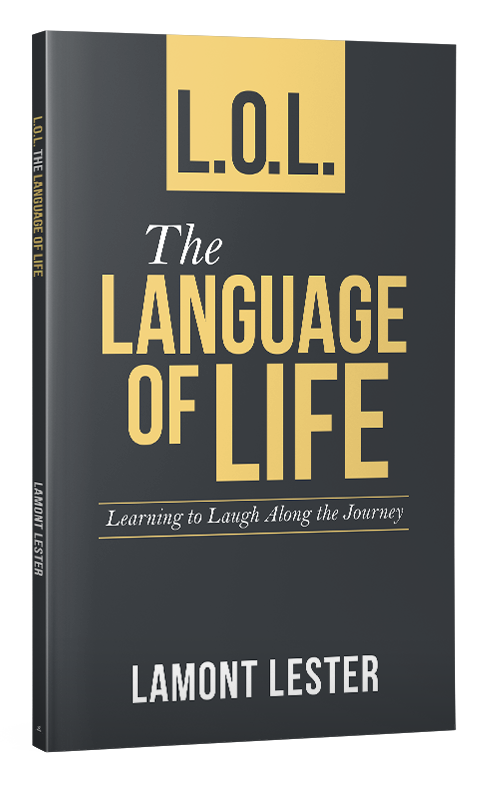Lamont Lester
About the Book
L.O.L. The Language of Life
Learning to Laugh Along the Journey
What if I told you, you speak another language, and you probably don’t even know that you do? What if I told you that language you don’t know you know consisted of a vocabulary that helps you articulate where you’ve been, where you are, and where you want to go? What if I told you that language could be integrated onto a map, a chart that plotted the positions of your past, present, and future?
Welcome to Map Language Therapy (MLT), a new approach to understanding your life as a journey on your own personal map.
The basic concept is almost as old as language itself. The fundamental principles of Map Language Therapy are rooted in our everyday speech. It is a part of the way we think about life. We speak of being stuck on a “dead end street.” We say we are “lost” or it will be a “long road” to recovery. We already use language to place ourselves on an imaginary map. What if we could learn to chart our position on the map of our lives and gain an understanding of where we have been and where we are, and chart a course for where we want to go? What if we could visualize, name, and give shape to the basic elements of the different pathways of an individual life? This is Map Language Therapy.
Once you understand the basics, there are myriad applications of this technique. You might begin by charting your own personal cartography or try mapping the lives of your favorite biblical characters. MLT could even help you plot the course of your marriage: where it has been, where it might have taken a wrong turn, and the direction you want it to go.
So welcome once again to the adventure we call Map Language Therapy.


